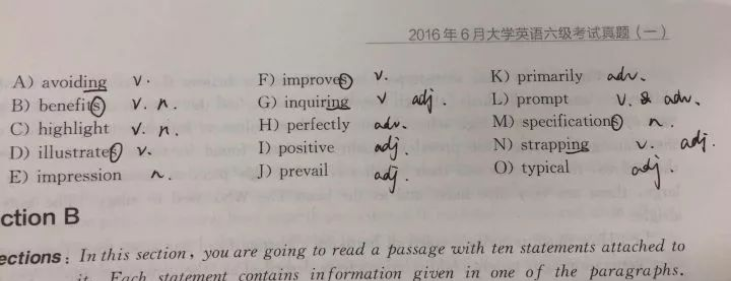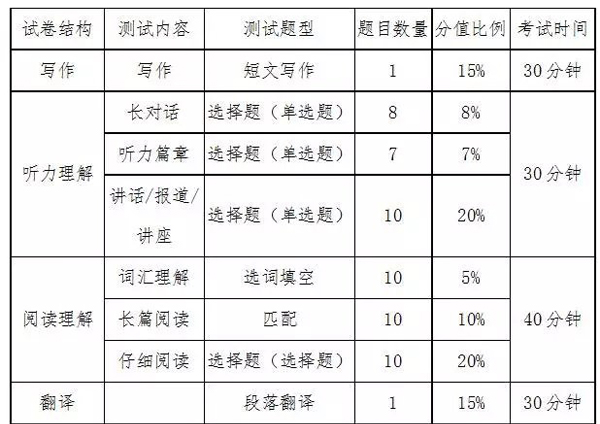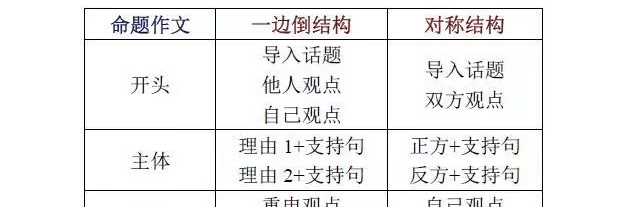职称英语考试卫生B类模拟试题(二)c
|
第2篇 Common Problems, Common Solutions The chances are that you made up your mind about smoking a long time ago --- and decided it's not for you. The chances are equally good that you know a lot of smokers -- there are, after all about 60 million of them, work with them, and get along with them very well. And finally it's a pretty safe bet that you're open-minded and interested in all the various issues about smokers and nonsmokers -- or you wouldn't be reading this. And those three things make you incredibly important today. Because they mean that yours is the voice -- not the smoker's and not the anti-smoker's --that will determine how much of society's efforts should go into building walls that separate us and how much into the search for solutions that bring us together. For one tragic result of the emphasis on building walls is the diversion of millions of dollars from scientific research on the causes and cures of diseases which, when all is said and done, still strike the nonsmoker as well as the smoker. One prominent health organization, to cite but a single instance, now spends 28 cents of every publicly contributed dollar on " education " (much of it in anti-smoking propaganda) and only 2 cents on research. There will always be some who want to build walls, who want to separate people from people, and up to a point, even these may serve society. The anti-smoking wall-builders have, to give them their due, helped to make us all more keenly aware of choice. But our guess, and certainly our hope, is that you are among the far greatest number who know that walls are only temporary at best, and that over the long run, we can serve society's interest better by working together in mutual accommodation. Whatever virtue walls may have, they can never move our society toward fundamental solutions. People who work together on common problems, common solutions, can. 1. What does the word "wall" used in the passage mean? A) Anti-smoking propaganda. B) Diseases striking nonsmokers as well as smokers. C) Rules and regulations that prohibit smoking. D) Separation of smokers from nonsmokers. 2. In paragraph 4, "you" refers to A) smokers. B) nonsmokers. C) anti-smokers. D) smokers who have quitted smoking. 3. It is evident that the author is not in favor of_______ A) building a wall between smokers and nonsmokers. B) doing scientific research at the expense of one's health. C) bringing smokers and nonsmokers together. D) proving accommodation for smokers. 4. As is suggested, the common solution to the common problem is______ A) to separate people from people. B) to work together in mutual accommodation. C) to make us more keenly aware of choice. D) to serve society's interests better. 5. According to the passage, the writer looks upon the anti-smoking wall-builders' actions_______ A) optimistically. B) pessimistically. C) unconcernedly. D) skeptically. 第3篇 Day Care The British psychoanalyst John Bowlby maintains that separation from the parents during the sensitive "attachment" period from birth to three may scar a child's personality and result in emotional problems in later life. Some people have drawn the conclusion from Bowlby's work that children should not be subjected to day care before the age of three because of the parental separation it entails, and many people do believe this. But there are also arguments against such a strong conclusion. Firstly, anthropologists point out that the insulated love affair between children and parents found in modern societies does not usually exist in traditional societies. For example, in some tribal societies, such as the Ngoni, the father and mother of a child did not rear their infant alone—far from it'. Secondly, common sense tells US that day care would not be so widespread today if parents found children had problems with it. Statistical studies of this kind have not yet been carried out, and even if they were, the results would be certain to be complicated and controversial. Thirdly, in the last decade there have been a number of careful American studies of children in day care, and they have uniformly reported that day care had a neural or slightly positive effect on children's development. But tests that have had to be used to measure this development are not widely enough accepted to settle the issue. But Bowlby's analysis raises the possibility that early day care has delayed effects. The possibility that such care might lead to, say, more mental illness or crime 15 or 20 years later. Whatever the long—term effects, parents sometimes find the immediate effects difficult to deal with children under three are likely to protest at leaving their parents and show unhappiness. At the age of three or three and a half almost all children find the transition to nursery easy, and this is undoubtedly why more and more parents make use of child care at this time. The matter, then, is far from clear-cuff, though experience and available evidence indicate that earl care is reasonable for infants. 词汇: psychoanalyst n. 精神分析学家一心理分析学家 insulate vt. 隔绝 rear vt. 抚养 predispose引起易感性 care taker n.照顾者, 看管人 entail vt. 使必需,使蒙受,使承担,遗传给 infant n. 婴儿 anthropologist n. 人类学家 练习: 1. Which of the following statements would Bowlby support? A) Statistical studies should be carried out to assess the positive effect of day car for children at the age of three or older. B) Early day care can delay the occurrence of mental illness in children. C) The first three years of one's life is extremely important to the later development of personality. D) Children under three get used to the life at nursery schools more readily than children over three 2. Which of the following is derivable from Bowlby's work? A)Mothers should not send their children to day care centers before the age of three. B)Day care nurseries have positive effects on a child's development. C)A child sent to a day care center before the age of three may have emotional problems in later life. D) Day care would not be so popular as noticeable negative effects on a child's personality. 3. It is suggested that modern societies differ from traditional societies in that_______ A)the parents—child relationship is more exclusive in modern societies. B)a child more often grows up with his(her brothers or sisters in traditional societies. C)mother brings up children with the help of her husband in traditional societies. D)children in modern societies are more likely to develop mental illness in later years 4. Which of the following statements is NOT an argument against Bowlby's theory? A)Many studies show that day care has a positive effect on children's development. B)The fact that there are so many nursery schools today shows that day care is safe. C)The separation of young children from their parents is common in some traditional societies. D)Parents find the immediate effects of early day care difficult to deal with. 5 Which of the following best expresses the writer's attitude towards early day care? A)Children under three should stay with their parents. B)Early day care has positive effects on children's development. C)The issue is controversial and its settlement calls for the use of statistics. D)The effects of early day care on children are exaggerated and parents should ignore the issue. |








